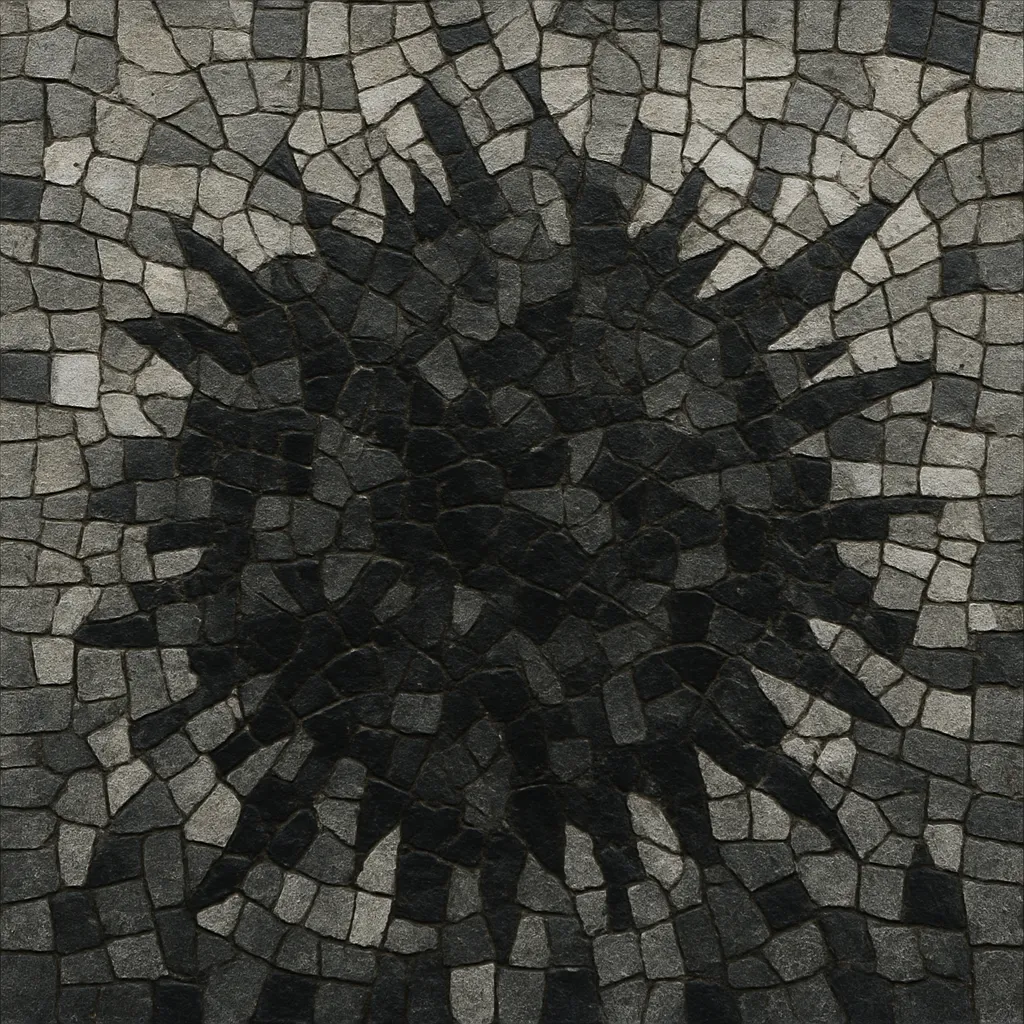Harsh noise wall (often abbreviated HNW) is an extreme substyle of noise that focuses on producing a monolithic, static "wall" of sound with virtually no perceivable change over long durations. The texture is typically broadband, high-gain, and unrelentingly loud, emphasizing sheer density and timbral grain over dynamics, rhythm, or melody.
Aesthetically, HNW tends toward minimalism and austerity: the piece begins and, for the most part, remains the same until it ends. This reduction of musical events is intentional, directing the listener’s attention to micro-level fluctuations in the sound mass, bodily perception, and the temporal experience of endurance. Releases are commonly issued in long-form formats and often feature stark visual presentation and conceptual themes of anonymity, erasure, or anti-performance.
Harsh noise wall emerged in the mid-to-late 2000s as a focused reduction of broader harsh noise practices. Its roots trace back to 1990s Japanese harsh noise (often called “Japanoise”), industrial noise, and power electronics, where volume, texture, and physicality were already central. Drone and minimalist composition further informed the idea of stasis as an expressive goal, pointing HNW toward a near-total suspension of development.
French artist Vomir (Romain Perrot) is widely credited with defining HNW’s aesthetics around 2006–2008 through rigorously static works and a clear philosophical stance that rejected variation and performance gesture. Around the same time, projects like The Rita and Werewolf Jerusalem produced highly static textures that emphasized density and duration. Tape labels, CDR culture, and netlabels were crucial in disseminating long-form releases and scene documentation.
Through the 2010s, HNW proliferated globally, with prolific output from artists and small labels across Europe, North America, and Eastern Europe. The scene embraced DIY methods, limited editions, and conceptual frameworks (e.g., themed series, uniform artwork). HNW developed sub-approaches ranging from “raw” full-band noise blocks to more band-limited, filtered walls and textural “grain studies,” while generally maintaining the core principle of near-absolute stasis.
Live sets often foreground anti-performance: artists may remain motionless, masked, or behind minimal staging, underlining the music’s impersonal and object-like qualities. The emphasis on endurance, immersion, and bodily impact invites comparisons to installation art and sound sculpture, situating HNW at the intersection of noise tradition, minimalism, and non-music aesthetics.


